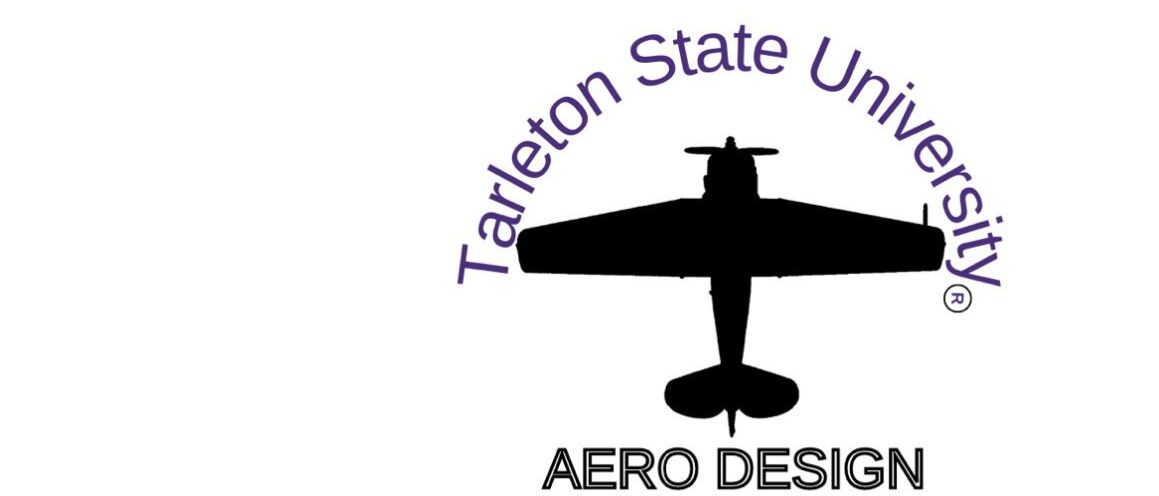
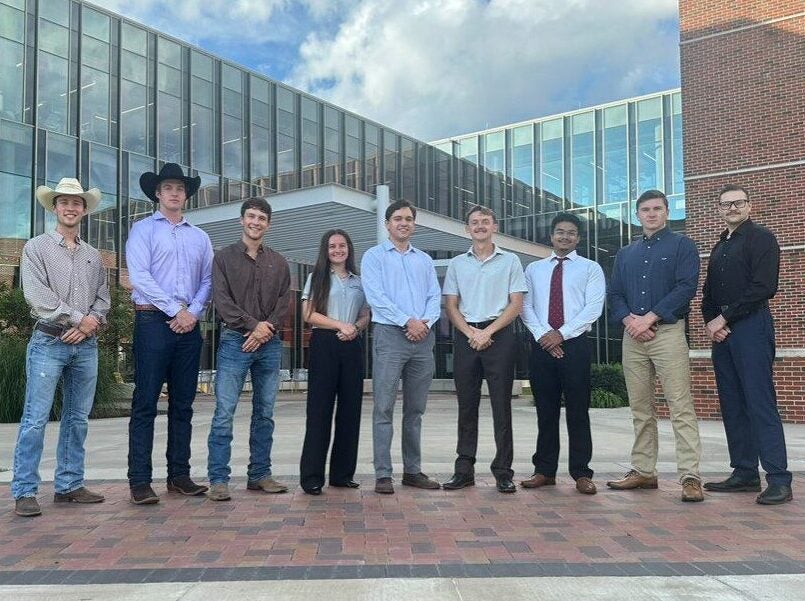
About the Competition
The SAE Aero Design is a real-world challenge designed to compress an aircraft development program into one calendar year. This competition exposes students to nuances of conceptual design, manufacturing, and system integration and testing.
There are three different classes that students can compete in: Regular Class, Micro Class, and Advanced Class.
- Regular Class – an all-electric class intended to develop a fundamental understanding of aircraft design by lifting the heaviest payload possible with wingspan constraints.
- Micro Class – is an all-electric class designed to help students balance trades studies between multiple conflicting requirements. e.g., carrying the highest payload fraction possible, while simultaneously pursuing the lowest empty weight possible.
- Advanced Class – is an all-electric class designed to inspire future engineers to take a systems approach to problem solving, at the same time, exposing them to explore the possibilities of autonomous flights.
For more information visit: SAE Aero Design
Subteam Specialization
With the complexity design of an aircraft, the team is split into two different subteams to conquer the tasks at hand. Each of these subteams collaborate to collectively produce a final aircraft while meeting each of the design requirements in their respective category.
Aerodynamics and Avionics
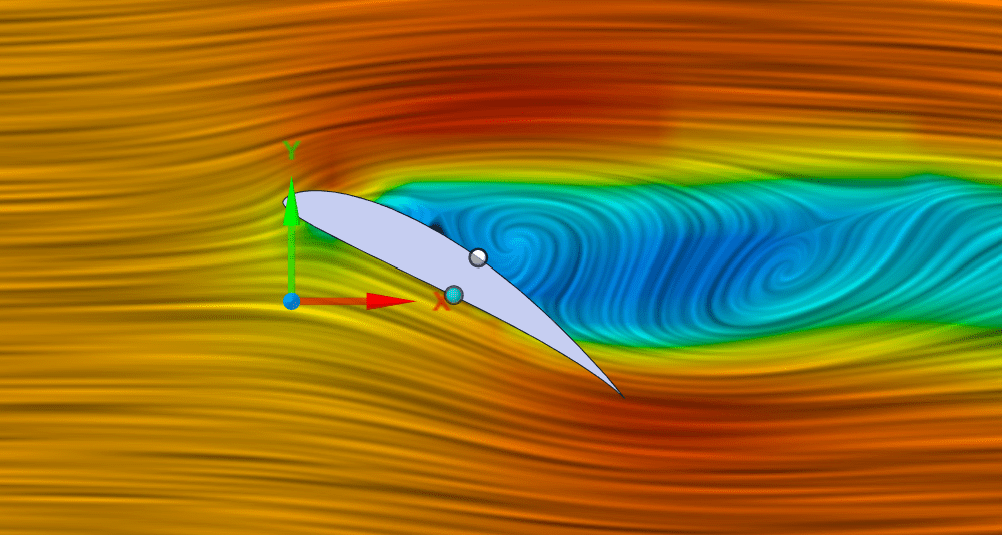
Specialized in using theoretical principles to design and analyze the aerodynamic properties of each aircraft component and how each of the control surfaces will operate.
To optimize these characteristics, software such as ANSYS, MATLAB, and XFLR5 are used for simulations to predict how the aircraft will behave in flight.

Structures
The structures subteam specializes in performing calculations of the internal support of the aircraft to ensure stability and integrity.
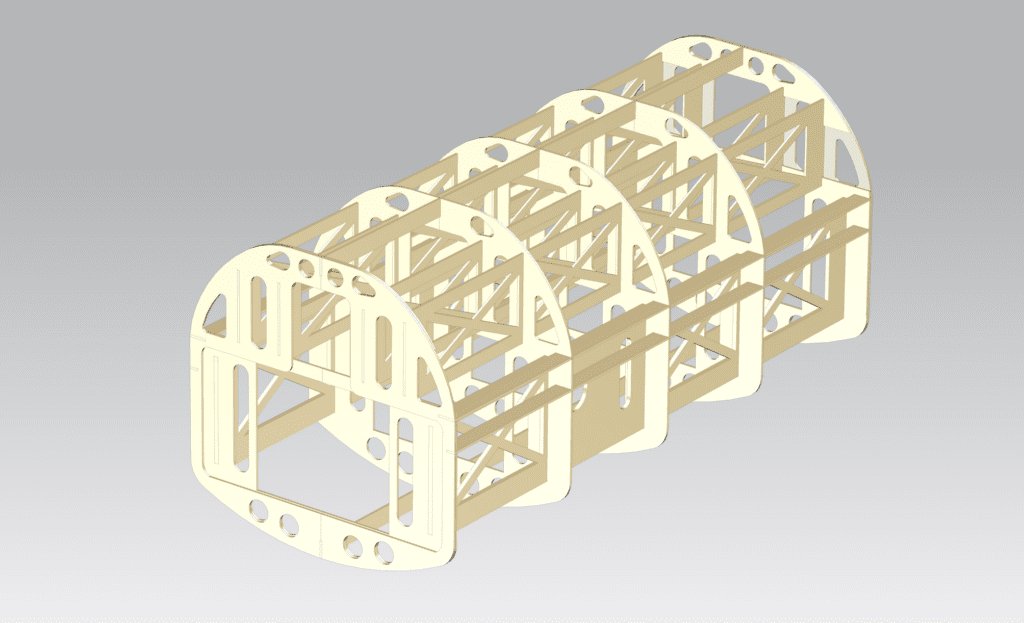
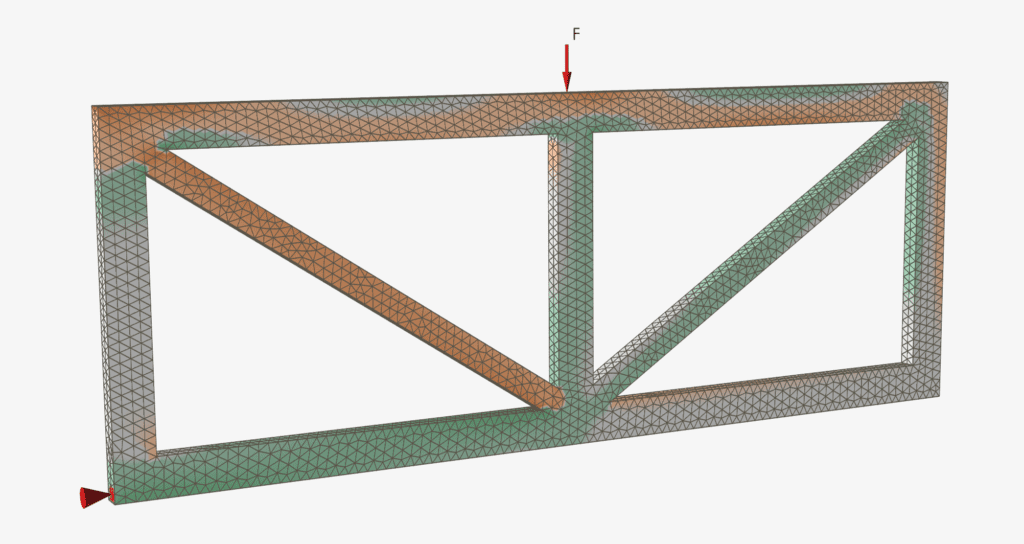
Retaining necessary strength while minimizing weight is the main goal, and this is accomplished through software such as ANSYS and Altair Inspire for structural analysis

Texan Aero ’24